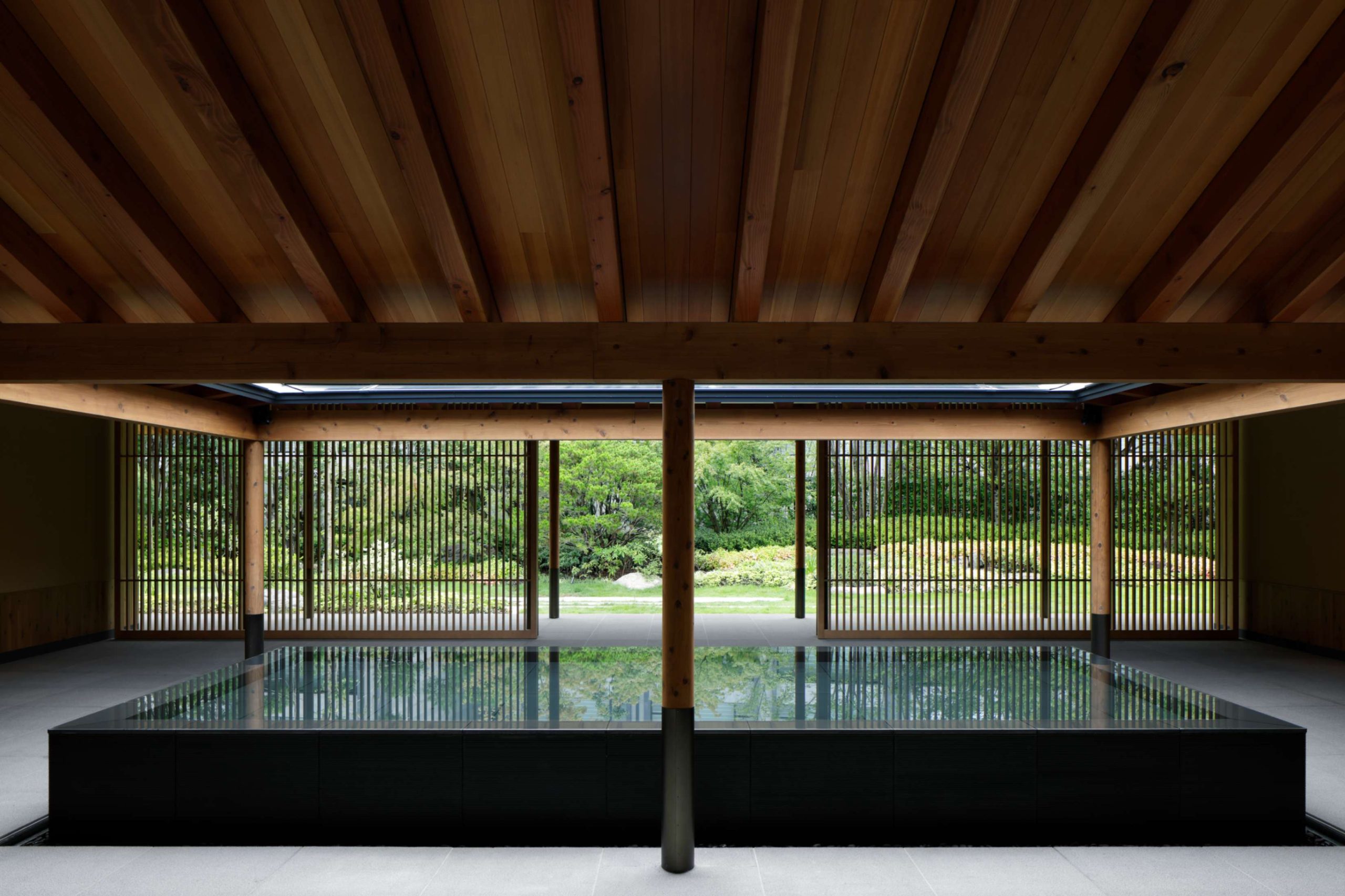As spring approaches, Kyoto readies itself for one more onslaught of vacationers who will come of their rented kimonos to gawk on the cherry blossoms on the Kiyomizu-dera and cram the streets of Gion.
In touristy locations, the experiences are sometimes kitschy, and vacationers really feel disconnected from native life. It’s ironic that whereas they’ve come to find out about Japanese tradition in historic Kyoto, they typically go away feeling that they’ve barely scratched the floor.
That is particularly so if Kyoto’s cultural coronary heart, Takagamine, will not be on their radar. Whereas this space is relatively residential, there are well-known historic websites and temples just like the Koetsu-ji, though these are higher recognized amongst locals than vacationers. Subsequently, they’re devoid of the hustle and bustle that plagues temples just like the Kiyomizu-dera. The tempo right here is gradual, befitting for a cultural space, and for a rustic recognized for being the birthplace of zen.

Within the seventeenth century, Tokugawa Ieyasu gifted the land round Takagamine to Hon’anmi Koetsu, a well-known artist and the founding father of the Rinpa faculty of Japanese portray. Right here, Koetsu established an artist colony with pals which dissolved over time. Within the Nineteen Fifties, Nishino kimono maker Shozan purchased the land and constructed the 11.6 ha Shozan Kyoto Resort on it.
In 2021, Roku Kyoto opened amidst this landscaped property as the primary Asia-Pacific property of Hilton’s LXR Inns & Resorts. Conceptualised by Singapore-headquartered Blink Design, the 114-key resort which additionally has a spa, an outside thermal pool, and a restaurant, pays homage to the positioning’s inventive legacy by embracing craftsmanship and the panorama that impressed it.

A palette of earthy tones, and light-weight woods mix the outside with the interiors that are anchored by massive home windows. They body views of the plush Takagamine mountains which kind the resort’s backdrop, and alter colors with the seasons.
The function wall within the foyer is completed with Japanese urushi lacquer—a method relationship again 7,000 years. Rooms function wall coverings with woodblock patterns on washi paper, a nod to the paper manufacturing unit right here in the course of the Heian interval, earlier than Koetsu’s time.

To immerse company in Kyoto’s tradition, washi paper making workshops and courses with shokunins (artisans or craftspeople in Japanese) in generations-old ateliers specialising in conventional crafts like pottery, gold leaf artwork, Nishijin textiles and kintsugi can be found. For individuals who are extra food-inclined, a yuba-making expertise is on the market. In spite of everything, Kyoto is understood for its silky tofu pores and skin.
In a spot that’s steeped in inventive legacy, Tenjin, the one restaurant at Roku Kyoto, dishes out superbly plated delicacies. In “Vegetable Backyard” a fixture within the multi-course dinner, government chef Akira Taniguchi dressed seasonal herbs and kyoyasai—heirloom greens that originate in Kyoto—in a creamy mentaiko sauce. The karami daikon added a bitter and spicy kick to the salad.

In all my previous journeys, I had stored to the touristy elements of Kyoto the place nobody, even in Michelin-starred eating places, talked about “kyoyasai” to me. It was solely on this journey—my fifth to Kyoto—that I’d find out about Kyoto’s heirloom greens, that are grown solely within the prefecture and have distinctive flavours and textures. Having stored to the touristy areas beforehand, it had not occurred to me that Kyoto past the town centre is wealthy in endemic produce. They’re the merchandise of a meals tradition that dates again 1,000 years, which Tenjin tries to make use of as a lot as doable. Evidently, my eating expertise right here was revelatory.
This story first appeared within the April 2025 problem of GRAZIA Singapore and Grazia.SG.
For extra on the newest in property and resort reads, click on right here.


